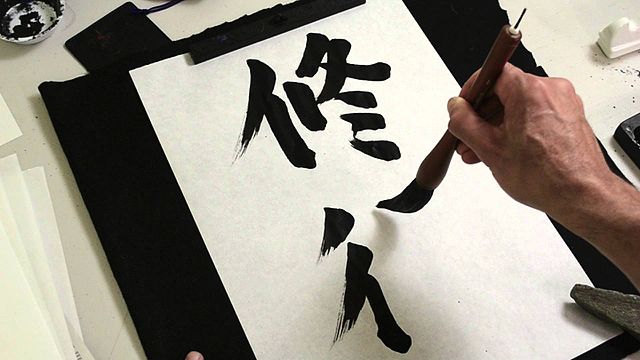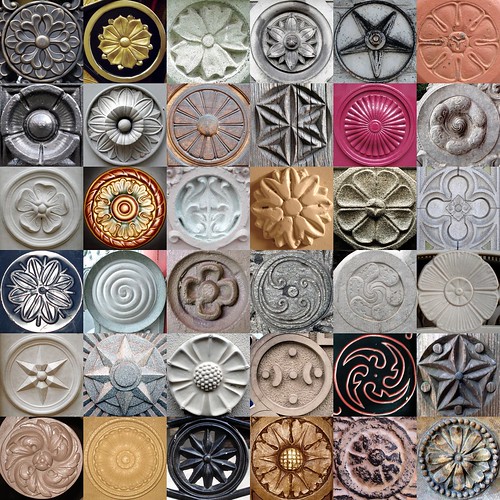(Another in the series of quotes to start the week.)
We all enjoy art.
We may not enjoy every art, and our enjoyment varies from person to person, community to community, culture to culture. But we all enjoy art. We take pleasure in observing it, in sensing it, whether by reading or hearing or viewing or touching or, in the case of culinary arts, smelling and tasting.
Not only that, but we have it within us to produce art. We may not produce every art, and our individual artfulness varies even more than any other trait or factor we might name because we have it within us to produce — or to attempt to produce — more than one art each. And according to British author G.K. Chesterton, that ability, whether we allow it to flourish or keep it bottled up, is what makes us, as human beings, distinct from every other species on our wondrous planet.
In The Everlasting Man, a 1925 volume of Christian apologetics, Chesterton wrote,
It is the simple truth that man does differ from the brutes in kind and not in degree; and the proof of it is here; that it sounds like a truism to say that the most primitive man drew a picture of a monkey and that it sounds like a joke to say that the most intelligent monkey drew a picture of a man. Something of division and disproportion has appeared; and it is unique. Art is the signature of man.
I love that last line: “Art is the signature of man.” Not of a man, not of a woman, but of mankind writ large, of humanity, of homo sapiens.
Now, it may be that at some point in the future — perhaps the nearer future than we wish, if the Planet of the Apes franchise turns out to be in the least prophetic — that a monkey will draw a picture of a man. And it may be that the monkey that does so turns out to be of only middling or very little intelligence. But if a monkey draws a picture of a man, will that monkey have become something more than a monkey? Will the monkey have crossed some threshold that the human race crossed long ago?

(Image: “Japanese Calligraphy art,” by Ayu Nabila, on Wikimedia Commons.)
Does art make us human? Yes, and “art is the signature of man.”
And whatever you do this week, you have it within you to do it artfully — so make your signature bold!









